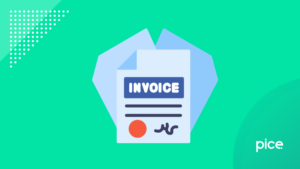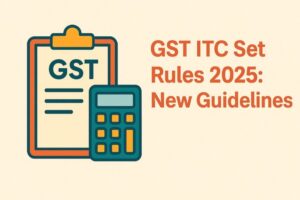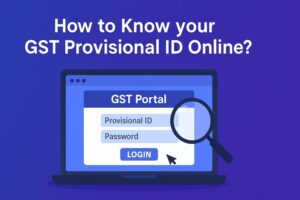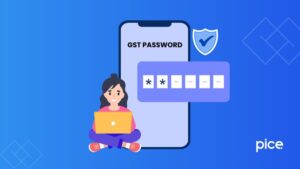Impact of GST on Food Delivery Startups Swiggy, Zomato & Others
- 21 Jan 25
- 7 mins
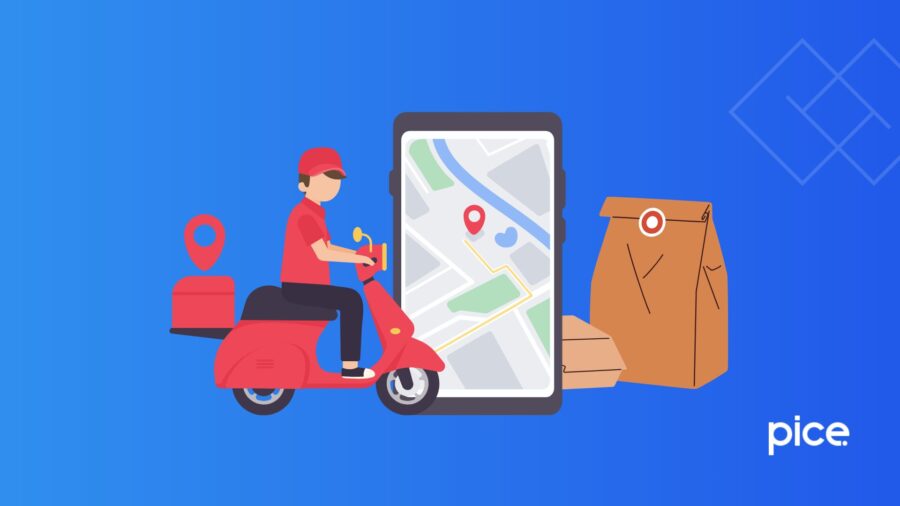
Impact of GST on Food Delivery Startups Swiggy, Zomato & Others
Key Takeaways
- Food delivery platforms now collect and remit 5% GST on behalf of restaurants, simplifying tax processes.
- Removal of input tax credit (ITC) has led to restaurant price hikes and scalability challenges.
- New GST rules enhance transparency and reduce tax evasion in the food delivery ecosystem.
- Higher costs may slow food delivery growth but streamline taxation procedures.
- Improved GST collection boosts government revenue and ensures standard taxation.
Just think about the last time you ordered a meal from your favorite restaurant—the expansion of food delivery startups is no longer a secret. One can notice delivery boys in red or orange attire waiting at the doors of restaurants, which illustrates the market change. However, is this rapid change all caused by immediate deliveries?
As per a GSTN advisory dated July 20, 2022, e-commerce operators (ECOs) like Zomato and Swiggy are now required to pay GST on food delivery services at 5% without input tax credit (ITC), replacing the earlier system where restaurants handled GST payments. This blog explores how these GST changes affect the food delivery ecosystem.
Reduction in Goods and Services Tax (GST) Rates and Input Tax Credit (ITC) Withdrawal
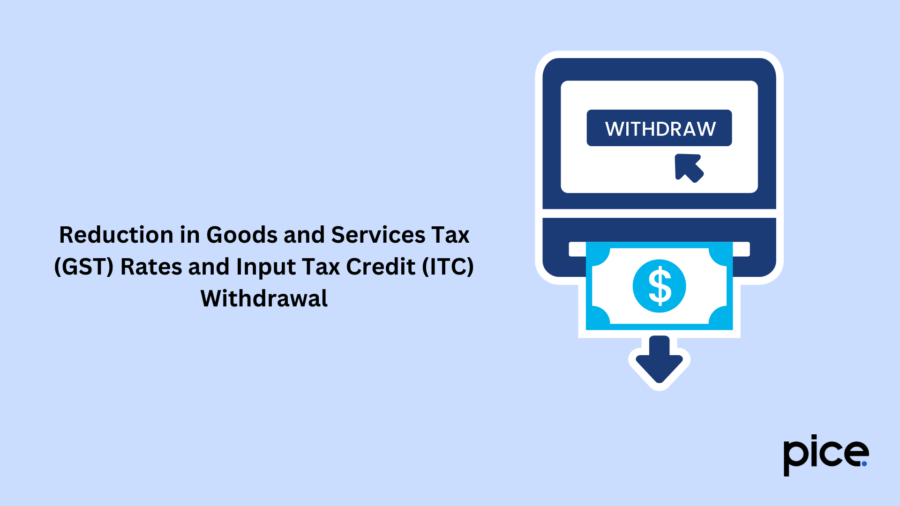
Lately, there has been much attention on the eating establishments where the GST rates were cut. The pre-set GST of 18% was reduced to 5%. While these savings can be attributed to government initiatives, the ITC for these services was also eliminated at the same time.
ITC makes it possible for companies or organisations to credit the tax paid on the acquisition of goods or services against future tax obligations. Consequently, most restaurants have raised the cost of some of the foods they offer on food delivery platforms such as Swiggy, Zomato, and Foodpanda, among others, while others have decided to slash down the commissions paid to these platforms.
Impact of ITC Withdrawal and Tax Rate Reductions
The following are the impacts of ITC withdrawal and reduction in tax rates:
Price Hikes: The removal of ITC has led to price increases at several restaurants, with many more likely to follow, as ITC is critical for restaurant operations.
Impact on Online Food Delivery Growth: Higher prices may slow the growth of online food delivery services.
Scalability Challenges: Promotional strategies and expansion plans, such as the opening of new franchise outlets of famous restaurant firms, might be compromised. GST on food bills is 5%, while royalties and franchise fees have an 18% GST rate, which can hamper the growth, which the restaurant chain industry is currently growing at 22% annually and is a 200 billion industry.
GST Collection Point Modification
The 45th GST Council Meeting, which was held on September 17, 2021, announced that from January 1, 2022, cloud kitchens and online food delivery platforms like Zomato, Swiggy, and Foodpanda would be subject to a 5% GST rate.
Finance Minister Nirmala Sitharaman said food delivery platforms that handle orders and deliveries from restaurants to clients would have to take the GST payout themselves. The GST Fitment Committee recommended that e-commerce operators (ECOs) should bear the responsibility for paying GST on restaurant services provided through their platforms.
Previously, these platforms collected GST from customers and passed it to the restaurants, which were tasked with remitting the tax to the government. Restaurants listed on food delivery apps incur a 5% GST on food bills, while commissions charged by food delivery platforms for services like delivery and marketing attract an 18% GST rate. Moreover, the food delivery platforms were expected to deposit a 1% Tax Collected at Source (TCS) on the taxable value of supplies made by restaurants via their platforms.
This earlier system led to confusion and cases of tax evasion. The authorities identified discrepancies between the taxable values reported by food delivery platforms in their TCS returns and those reported by restaurants. In some instances, restaurants failed to deposit the GST collected by the online delivery platforms with the government.
To address these issues, food delivery companies like Zomato or Swiggy are now mandated to collect GST directly from customers and remit it to the government on behalf of the restaurants.
What Impact Will GST Have on Food Delivery Platforms?
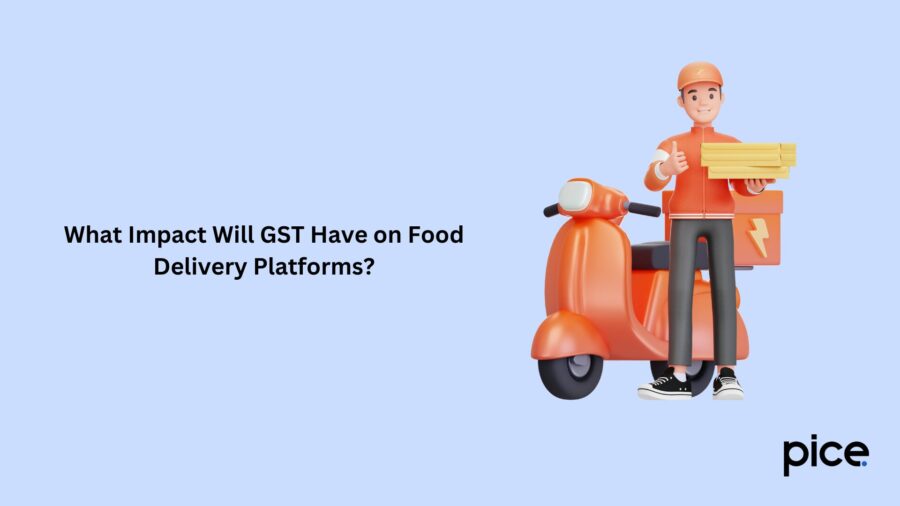
GST will have the following impact on food delivery platforms:
- This change will add to the compliance responsibilities of food delivery platforms, as they will need to collect and deposit taxes on behalf of restaurants while maintaining additional records.
- It may also create ambiguity regarding the eligibility and application of input tax credit, prompting food aggregators to seek further clarification from the government.
- Smaller restaurants that were previously exempt from paying GST may now need to revise their agreements with food delivery platforms to align with the new GST regulations.
- Food delivery platforms like Zomato and Swiggy have reached out to the government for clarity on their classification as restaurants under the GST framework.
- These platforms are seeking clarification on how GST will be implemented and whether it will lead to 'tax cascading' or challenges in claiming input tax credit.
Positive Impacts on Online Food Delivery Services
While this new approach has raised some concerns and challenges, it also brings several short-term and long-term benefits. Here are a few examples:
Reducing Revenue Leakage
The previous system had certain loopholes that caused revenue loss for the government. The new framework significantly reduces the chances of such revenue leakage.
Enhancing Transparency
Concerns about transparency in tax collection and submission were prevalent in the earlier system due to existing gaps. Experts believe the new setup will lead to greater transparency in the near future.
Boosting Revenue
By closing loopholes and improving system transparency, the government is expected to collect more revenue.
Standardised Taxation
The consistent 5% GST rate removes ambiguity about different tax rates for various types of restaurants, streamlining the tax process for food delivery platforms.
Enhanced Tax Compliance
Imposing GST on food delivery operators brings a larger number of transactions into the formal economic system, boosting government revenue and reducing the tax compliance burden.
Conclusion
The new GST on food delivery rules have brought out simplification in taxation procedures, transparency in collection, and curbing of possible leakages of revenues. While food delivery platforms face increased compliance responsibilities, these changes ensure a more standardised and efficient taxation system that benefits both the government and the formal economy.
💡If you want to streamline your payment and make GST payments, consider using the PICE App. Explore the PICE App today and take your business to new heights.
 By
By 







